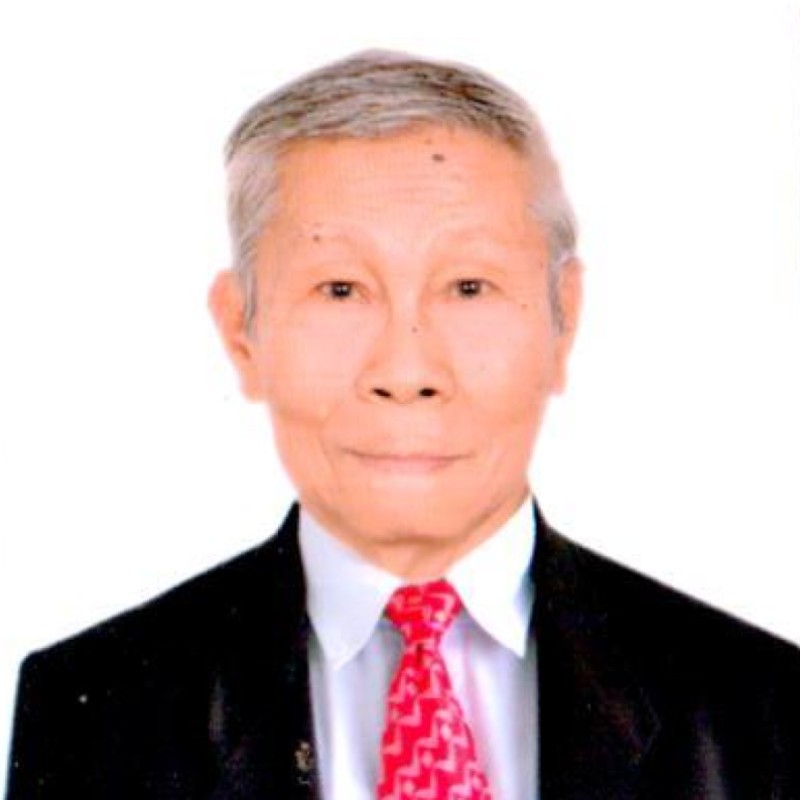GLIMPSES & GAZES
By Severino C. Samonte
PBBM pursues his late father's energy program for PH progress
Share
There is a bright indication that the much-awaited electrification of the entire country may be realized before the end of the six-year term of President Ferdinand "Bongbong" Marcos Jr. or BBM in June 2028.
This can be gleaned from his second State of the Nation Address (SONA) last July 24 where he underscored the need to continue the construction and development of more infrastructure facilities across the country as part of the “Build Better More” (BBM) Program currently in progress and vigorously implemented with the emergence of the "Bagong Pilipinas" or New Philippines.
In his over an hour speech before a joint session of Congress at the Batasang Pambansa in Quezon City, PBBM said: "Alongside power generation, we are relentless in pursuing total electrification. Since my assumption into office, almost half a million homes have been given access to electricity. We will spare no effort to achieve full household-electrification by the end of my term, 100 percent is within our reach."
He did not mention it directly, but in effect, PBBM could have been conveying his determination to pursue until completion before June 30, 2028 of the government's power for progress program which his late father, President Ferdinand E. Marcos Sr. (FM) started while he was in Malacañang from Dec. 30, 1965.
According to PBBM, his one-year-old administration has built eight new additional power plants. "This brings to 17 the total number of power generation facilities that have been switched on across the country since last year, substantially increasing our energy production by 1,174 megawatts."
He added: "When it comes to energy, renewable energy is the way forward. We are aggressively promoting renewables, so that it provides a 35 percent share in the power mix by 2030, and then on to 50 percent by 2040. To accelerate the realization of this green energy goal, we have opened renewable energy projects to foreign investments.
"Since last year, an additional 126 renewable energy contracts with potential capacity of 31,000 megawatts have been awarded. To date, we have over a thousand active projects spread all over the country: 299 of these are solar; 187 are wind; 436 are hydroelectric; 58 biomass; 36 geothermal; and nine are ocean-powered."
Recognizing that electricity is very important in the economic growth of the country and its people, FM decided to give priority to the electrification of Luzon, the Visayas and Mindanao, along with other infrastructure facilities such as roads, bridges schools, hospitals, housing and transportation during his administration.
The program to energize the country is being undertaken by several government agencies under the Department of Energy, including the National Electrification Administration (NEA), National Power Corporation (Napocor), and Electric Cooperatives (ECs).
The NEA was created through Republic Act (R.A.) 6038 signed by FM on Aug. 4, 1969 and declared as a national policy objective the total electrification of the Philippines on an area coverage basis.
At that time, it was pointed out that only 22.9 percent or one-fourth of the total households in the country had access to electricity. Most of these were in the cities and only 5.8 percent were in the rural areas.
On Aug. 6, 1973, FM issued Presidential Decree No. 269 which transformed the NEA into a corporation with the power of organizing, promoting and developing electric cooperatives for the attainment of the national objective of total electrification of the Philippines "on an area coverage service basis."
According to the NEA, there are 121 Electric Cooperatives nationwide at present.
Meanwhile, as the NEA marks this August its 54th anniversary, it has posted on its website that the theme of the celebration is "Total Electrification by 2028."
August has been designated as "National Electrification Awareness Month" under R.A. 9136 or the Electric Power Industry Reform Act (EPIRA).
Comments
About the Columnist

He began his journalistic career by contributing to the Liwayway and Bulaklak magazines in the 1960’s. He was the night editor of the Philippine News Service when Martial Law was declared in September 1972. When the Philippine News Agency was organized in March 1973, he was named national news editor because of his news wire service experience.
He retired as executive news editor in 2003. He also served as executive editor of the Malacanang-based Presidential News Desk from 1993 to 1996 and from 2005 to 2008.
